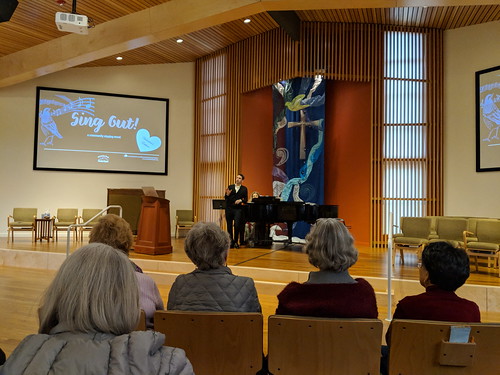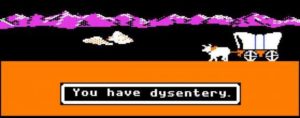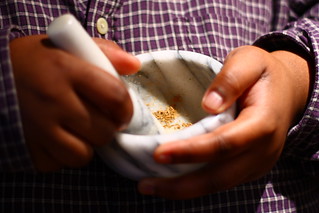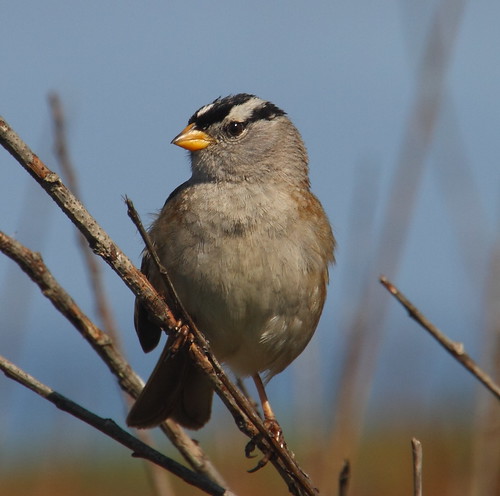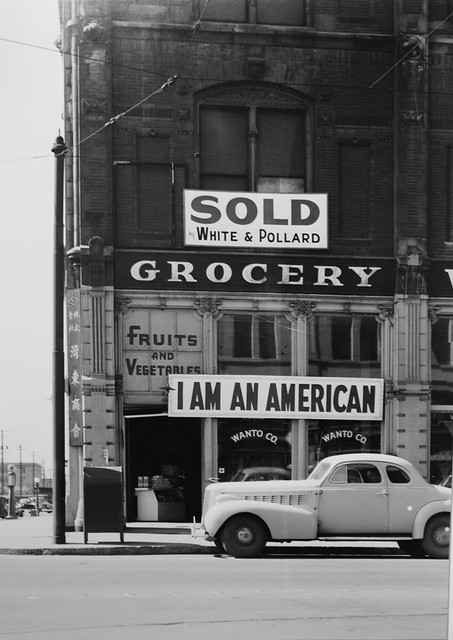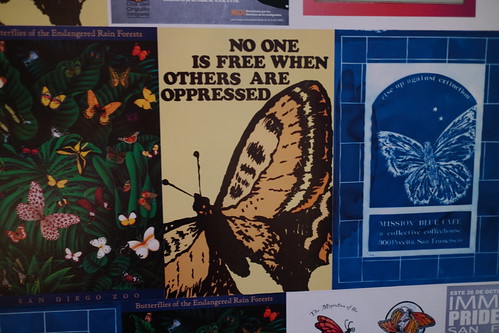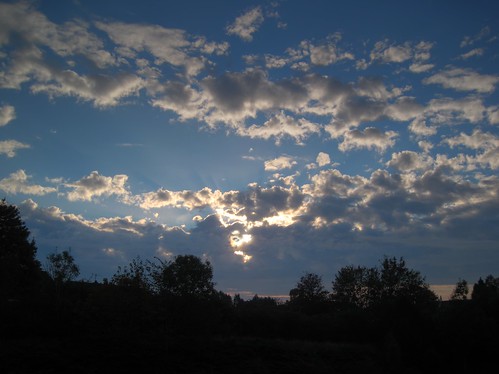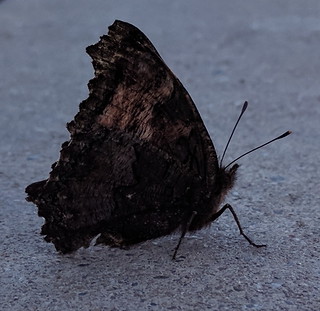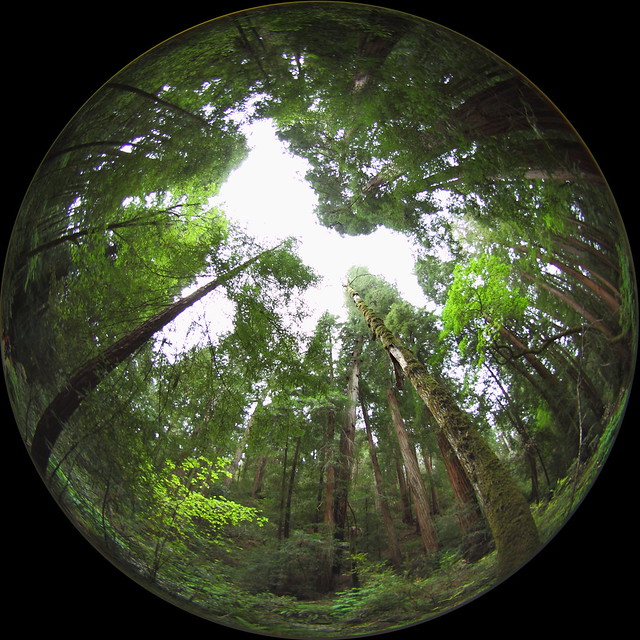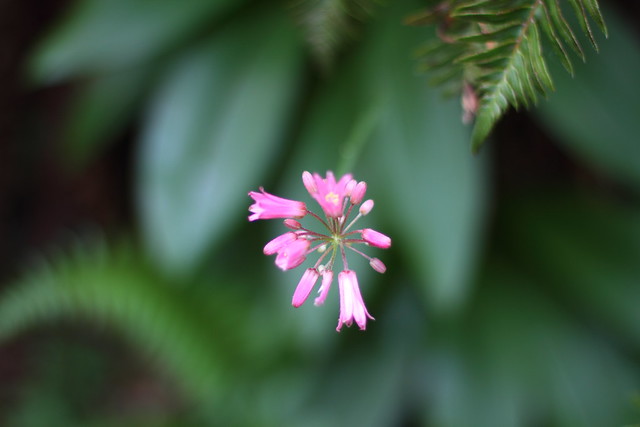Years ago, when we lived in Santa Rosa, late January-February was when we cut back the rosemary to stumps, in preparation for it to begin to grow again in April and May. We usually cut the rose back then, too. It’s funny how we try and use one calendar anchor to apply to everywhere. Saturday was a balmy 70°F/21°C, while Sunday was a nippy 55°F/12°C. It’s hard to know when to prune anything anymore. With the weather all over the place, our internal calendars are a total mess.
Still, there are signs of the season – from the itching of our ears to the earlier rising of the sun. We watch the trees change like stop-motion photographs, each morning as we step out for our brief, brisk walk through the waking neighborhood. As the sun is normally barely an idea yet during our walks, we don’t often see the shift in full color, but we got a late start for our weekend walk, and enjoyed seeing the nests, buds, and blooms in full color.
It’s been an all over the place sort of weekend. Inasmuch as the weather appears unsure what time of year this is, we’re fairly confident that it’s Spring from the amount of dust that’s drifted in, and the way our houseplants have overgrown their pots. One of the nicer things about our little house is its big, deep tub in the master bath, and the the deep garden windows in the kitchen. Both of these things, however, are absolutely an annoyance to clean. The window, especially, into which we put new screens just last summer, is a single pane, and the window is made of unfinished marble. It tends to let in dust, immigrating spiders, and it collects water stains like a pro. After removing all the plant clutter, we washed all of the windows and tried to put a shine on the marble. T. is grateful to D for taking on the body origami which made this tidying up possible.
There are always some chores which seem to be reserved for “spring” cleaning. (Question: why do there seems to be no specified clean-outs for the other seasons? Perhaps in spring, there is the assumption that one has to clean out all the things it wasn’t possible to clean out or dispose of during winter – and so come Spring, detritus was burned, graves were dug, linens washed and houses were turned out, and those weren’t such issues during summer or autumn, maybe? Possibly? Sounds legit, no?) While we normally are annoyed with windows which are speckled and spotty when the sun shines, the heavy fog hasn’t allowed for much to look at before this past week, so we’ve let that chore slide. We caught up this weekend. Additionally, though we generally sharpen knives as needed, we discovered that in the last while, they all seem to have gone dull, so that was another chore for the morning. As always, when one begins thinking of specific things one ought to do, the list multiplies…! The bird bath! The hummingbird feeder! And on and on and on…
Few people have a specific time of year to re-pot plants, but with the way our Saintpaulia (the scientific name of what some people call “African” violets, though they’re more specifically Tanzanian violets, as they don’t grow all over Africa, but people are generally lazy or else don’t know Africa isn’t one country) has responded to being in the little garden window, it’s already been necessary once in the seven months since we’ve moved closer to the Bay. T is always gratified with how well her little violets grow, because she once thought they were the most finicky, easy to kill plant she’d ever had — and as they succumbed, D kept getting them for her (!!!). She realized why about two years ago during a rare trip to D’s parent’s house in Southern Cal, watching D’s mother prune her two dozen or so Saintpaulia plants. Now, we say “prune” but what we mean is “take a chef’s knife and violently cleave a plant in half while making desultory small talk.”
Chit-chat-chit-chat-chit-cha–SLAM!
It was some next-level, mafiosi-style intimidation, if that’s what his mother intended. As the cleaver came down T took a GIANT step back and asked weakly, “Um, what are you doing?” (“Um,” because, even after twenty-plus years of marriage, neither T nor D know have found comfortable names to call their inlaws. In the rare conversation, “Um” so far has worked.) “Oh, this is how you cut them back,” D’s mother said blithely. “You can start a whole new plant from a single leaf, just like this!”
Well, okay, then!
At our house, T prefers to hand D a TINY knife, because she’s still sure she’s going to kill the plants every time she has to divide them, but so far, so good… and so far, the mafiosi hasn’t dropped by, so that’s a plus as well.
Sunday afternoon, we attended a community sing, sponsored by our chamber group, which was dedicated to love songs. It occurred to us that we hadn’t really done anything like this since we’d returned from Glasgow, where groups getting together for a “sing-song and a cuppa” is much more common. While there was no tea this time, there were quite a number of people out and about, in the historical tiny town-within-a-town of Niles. As this had been advertised throughout the community, we expected a lot of at least choir folk, but were amused to see one of D’s bosses there, as well.
The program was held in the historic Niles church, historic, because there has apparently been an operating church in that location since 1889, before Niles was incorporated as part of Fremont in 1956. For all its historical nature, the church is quite modern inside, a small, tidy space with soaring ceilings, which lent itself well to the music of the grand piano mid-stage.
The program was a combination of goofy and endearing, as the songs ranged from all the verses of “You Are My Sunshine” (none of which, regrettably, was the verse we learned at summer camp about the pig) to Neil Diamond’s “I’m A Believer” (or, as most people said, “No, that’s a Monkees song!” Yeah, yeah, but Neil wrote it), then to a melancholy Queen song which few people knew (and which no one could sing, because, it was pitched for tenors who never pitch things for the average person). In the single hour we we sang rounds, then two, and four-part rounds; ooold oldies from generations back (“Kisses Sweeter Than Wine) and even older ooold “olde” English folk songs (“I Gave My Love A Cherry”). We then ended with a newly composed, four part song from the Justice Choir Songbook called We Choose Love, written by a Colorado composer and musician who was inspired last summer by peaceful civic protests in her area. As the chamber will be performing in a May concert titled “And Justice for All,” we fully expect that song will be seen again.
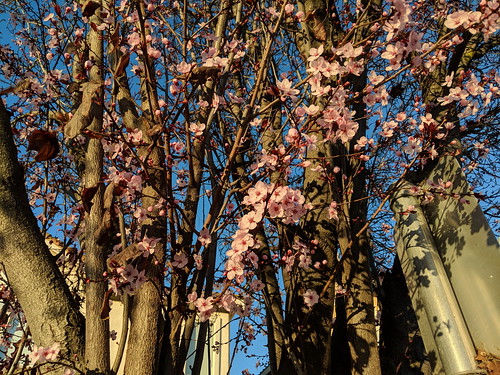
After such a fun community-oriented afternoon, the wind came up and blew the temperature into the low forties, and we gladly bundled into a hot bath and into bed. We hope all of your planning this weekend – and your cleaning and organizing – lead to a fruitful and well-prepared you this week – or at least some semblance thereof of an organized, better you. Ciao!




